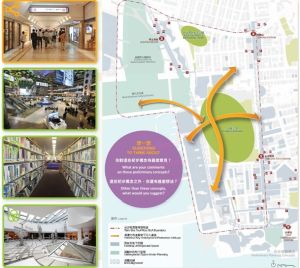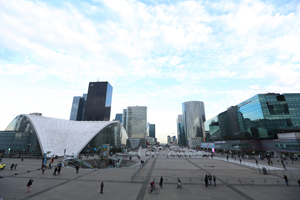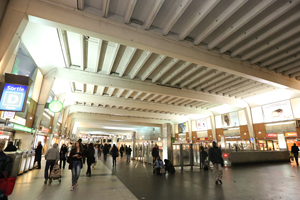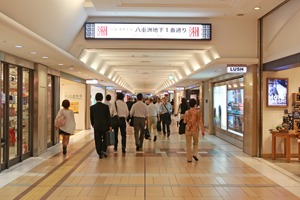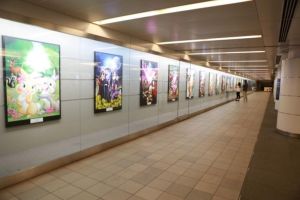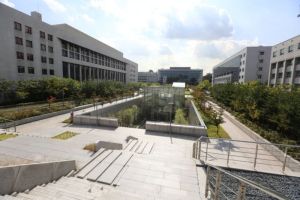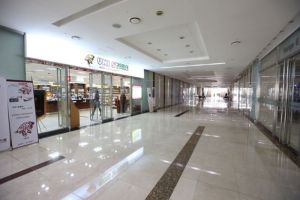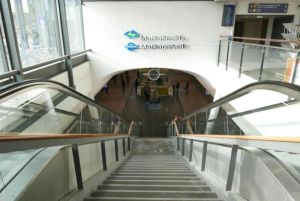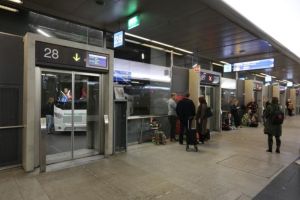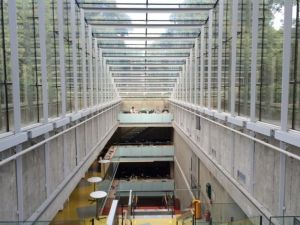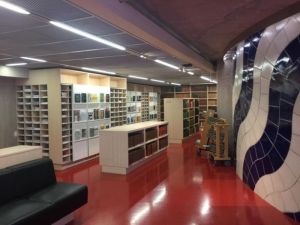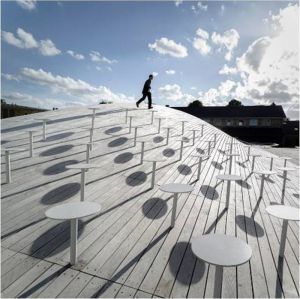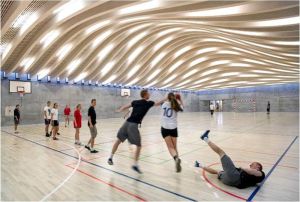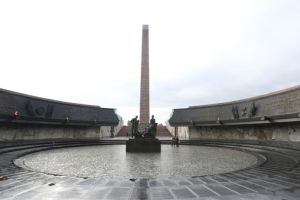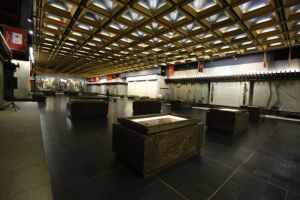Build a coherent and connected network of underground space together
|
With the rapid urban development, land in the urban areas of Hong Kong has become increasingly rare and precious. It is truly challenging for us to come up with ideas to enhance the livability and accessibility of this high density city. A number of major cities overseas are facing the same problems in the course of development. As such, some of them have integrated underground space development into their town planning, such as the business district of La Défense in Paris, France; the underground streets in Tokyo, Japan; and the underground bus terminal at Kamppi Centre in Helsinki, Finland. These are all good examples well worth for us to make reference of. I have shared with you before the opportunities for developing underground space in the urban areas of Hong Kong. The objectives are to enhance connectivity within the area, improve road traffic, build more community facilities and develop land resources so as to improve our living environment. I am pleased to announce the progress of the Pilot Study on Underground Space Development in Selected Strategic Urban Areas (Pilot Study), which has been conducted in four selected Strategic Urban Areas (SUAs), namely Tsim Sha Tsui West, Causeway Bay, Happy Valley and Admiralty/Wan Chai. Preliminary planning concepts The Civil Engineering and Development Department and the Planning Department commenced the Pilot Study in June last year to put forward suitable underground space development proposals for the aforementioned areas through formulating an underground master plan to guide future development. We aspire to create a high quality and vibrant network of underground space for Hong Kong, which will integrate with and create synergy for surface development. With more than a year of earnest effort, the study team has completed the baseline review to find out the current situation and needs of the four areas, as well as the opportunities for and constraints of future underground space development. The study team has also made reference to the successful experience of other cities in drawing up preliminary planning concepts for public consideration and discussion. Taking Tsim Sha Tsui West as an example, the area is densely developed with busy streets. Utilising underground space can help alleviate the overcrowded pedestrian environment and enhance the connectivity between the existing and new development areas. However, the close proximity of buildings, underground infrastructure and railway alignment have all posed constraints to developable locations. Yet, the Study preliminarily finds out that an all-weather network of underground space can be provided underneath Kowloon Park, which can improve east-west and north-south accessibility, including connection to the West Kowloon Cultural District, the existing underground pedestrian thoroughfares from Tsim Sha Tsui to Tsim Sha Tsui East, and the main streets nearby. This can relieve at-grade pedestrian congestion and provide new space to accommodate various kinds of facilities, thus making the underground pedestrian environment more vibrant and appealing. Improving living environment Proposals for the four selected SUAs are just preliminary thoughts at this stage. More in-depth analyses are required for the many details involved, including geotechnical, structural and infrastructural constraints, interface with existing underground uses, fire safety, financial viability, land ownership, impacts on the environment, facilities and traffic to the neighbourhood areas, as well as possible uses for the potential underground space. We will not underestimate the difficulty of various tasks, nor will we ignore the inconveniences and impacts that may be caused during the development stage in future. However, to improve people’s living space and quality of life, we shall make our best endeavour to overcome the difficulties and challenges. We launched the Stage one Public Engagement exercise on 7 November for a period of 3 months. We would like to explore with you the opportunities and key considerations for underground space development in the aforementioned areas, and to solicit public views on community needs, preliminary planning concepts and possible uses at the underground space. Activities include roving exhibitions, focus group discussions and public workshops. A dedicated website, a Facebook page and a public engagement digest are now available for sharing of relevant information and details of the activities. The links to the Study website and Facebook page are http://www.urbanunderground.gov.hk/ and www.facebook.com/urbanundergroundhk respectively. You are cordially invited to express your valuable views on the concept of underground space development in the four SUAs. |
13 November, 2016
Back
